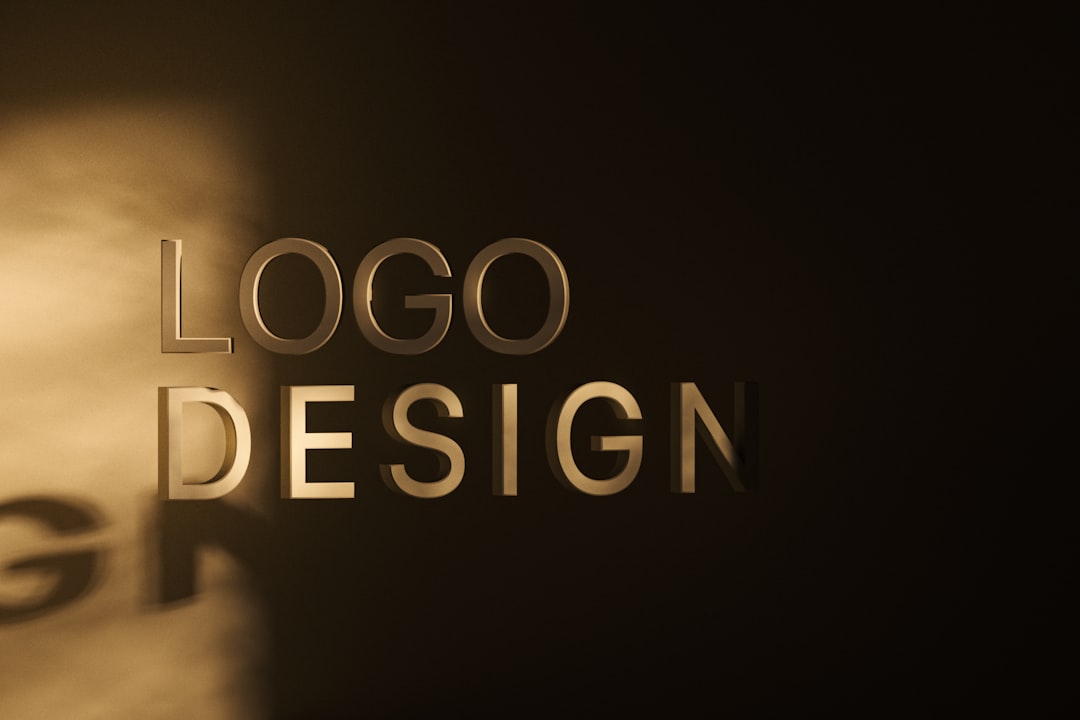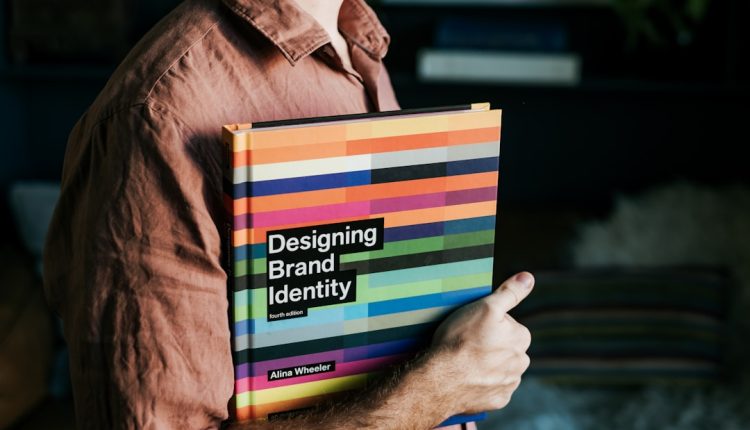In today’s visually driven world, a logo is much more than just a graphic — it’s the face of your brand. Whether you’re running a small business or managing a massive corporation, your logo appears across countless media formats, from websites and mobile apps to business cards and billboards. But using the same logo configuration in every context can hinder legibility, create visual imbalance, or even clash with background colors. That’s where a well-structured Logo Export Map comes in.
TLDR: A Logo Export Map outlines different variations of your logo for specific use cases — including Horizontal, Stacked, Mono, and Knockout versions. Each variant serves a unique function depending on layout, color constraints, and visual hierarchy. Building and maintaining this set ensures consistency and flexibility, especially across diverse digital and print platforms. Think of it as your brand’s toolkit for visual cohesion.
What is a Logo Export Map?
Table of Contents
A Logo Export Map is a curated collection of the different iterations of your brand’s logo, each optimized for specific formats, media, and visual circumstances. Instead of using a one-size-fits-all logo, this practice ensures your branding looks polished and consistent wherever it appears.
This map typically includes files organized by orientation, color treatment, and transparency needs. Here’s why organizing logos this way is important:
- Consistency: Ensures all departments and partners use the correct logo for the right context.
- Efficiency: Saves time by eliminating the need to recreate or edit logos under pressure.
- Accessibility: Keeps your designs flexible for use in light mode, dark mode, and monochrome contexts.
Key Logo Variants to Include
While some brands may need more variants, the core components of a professional Logo Export Map generally include the following four formats:
1. Horizontal Logo
The horizontal version is typically the primary logo format for most brands. It includes the brand wordmark and icon side-by-side in a landscape layout. This format is ideal when space is wide — such as in website headers, banner ads, or letterhead templates.
Best Usage Scenarios:
- Website menus or navbars
- Email signatures
- Business cards and brochures
This version helps your logo look balanced and recognizable, especially when vertical space is limited. However, it may not be ideal for square or vertically constrained spaces.

2. Stacked Logo
The stacked version positions elements such as the icon and wordmark in a vertical orientation. Often used as a secondary logo, this design appeals to square or portrait-oriented spaces and can add a sense of symmetry to your branding.
Best Usage Scenarios:
- Social media profile images
- Promotional merchandise (e.g., mugs, tote bags)
- Mobile apps where square icons perform better
Pro Tip: A stacked version offers versatility in mobile-first experiences, especially when responsive design is a priority.
3. Mono (Monochrome) Logo
Monochrome logos come in either all-black or all-white variations. These versions strip the design of color but retain shape and detail, making them perfect for situations where color printing is unavailable or when placed on complex backgrounds where color would get lost.
Best Usage Scenarios:
- Embossing, engraving, or silkscreen printing
- Watermarks on documents
- Multi-layered visuals where color contrast is a concern

The true beauty of a mono logo lies in its simplification. It tests the strength of your design — if it works in one color, it’s likely a solid design. Every brand should have a mono logo option in both black and white.
4. Knockout Logo
Also known as a reversed logo, a knockout logo is designed for use on dark or textured backgrounds. Instead of showing in full color, this version uses white or a light color for visibility. It ‘punches out’ from its background for maximum contrast.
Best Usage Scenarios:
- Dark website footers or headers
- Branded apparel like dark T-shirts or caps
- Overlaying on busy photographic backgrounds
These logos are vital for nightlife, fashion, and creative brands that often use high-contrast, image-rich designs. To avoid awkward placements, always have a knockout variation pre-exported in your toolkit.
Tips for Building Your Logo Export Map
Creating a Logo Export Map isn’t just a design task — it’s a branding investment. Here are some helpful tips to ensure your logo exports are useful, functional, and future-proof:
- Use vector formats first: Export from software like Adobe Illustrator or Figma using SVG, EPS, or PDF to ensure infinite scalability.
- Provide multiple file types: Include PNGs for digital use, SVGs for responsive design, and PMS/CMYK files for print.
- Name files clearly: For example: BrandName-Horizontal-Color.png or BrandName-Stacked-Mono-White.svg.
- Centralize access: Host all logo variants in a shared cloud folder or design asset management platform.
Organizing Your Folder Structure
Great branding is often invisible — not because it’s unseen, but because it’s flawlessly executed. Your logo folder should be as intuitive as using the logo itself. Here’s an example of a clean folder structure:
- Horizontal
- Full Color
- Mono-Black
- Knockout-White
- Stacked
- Full Color
- Mono-Black
- Knockout-White
Each subfolder should contain various formats: PNG, SVG, EPS, and even JPG if needed.
Logo Export for Different Backgrounds
One of the main reasons for multiple logo configurations is to handle different background types effectively. A colorful logo may look great on white but completely disappear on black or photographic backgrounds. Here’s a quick reference guide:
| Background Type | Recommended Logo Variant |
|---|---|
| White / Light Background | Full Color or Mono-Black |
| Dark Background | Knockout (White) |
| Photographic / Textured | Knockout or Mono with Outline |
| Solid Color (Brand Palette) | Full Color or Mono, depending on contrast |
Conclusion
A well-crafted Logo Export Map takes your brand from good to great. It ensures your branding remains consistent, flexible, and visually engaging across every imaginable touchpoint. Instead of scrambling to resize or recolor your logo at the last minute, you’ll already have the right version at your fingertips — from billboards to favicon icons.

Investing a few hours upfront into developing this resource pays off in the long run. You won’t just be saving time — you’ll be strengthening the trust, memorability, and professionalism of your brand across the board.

